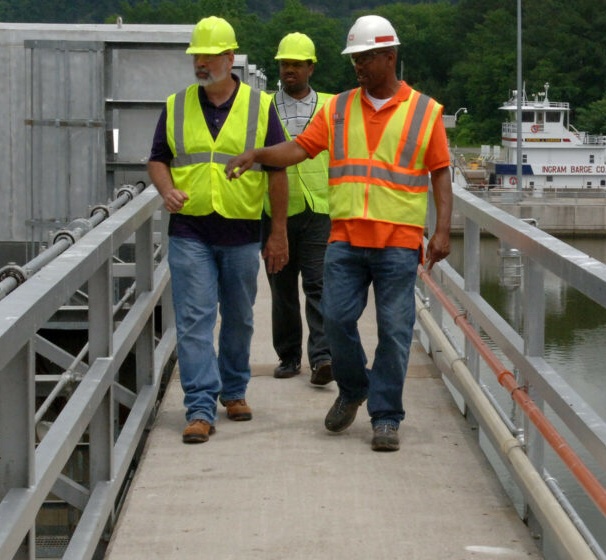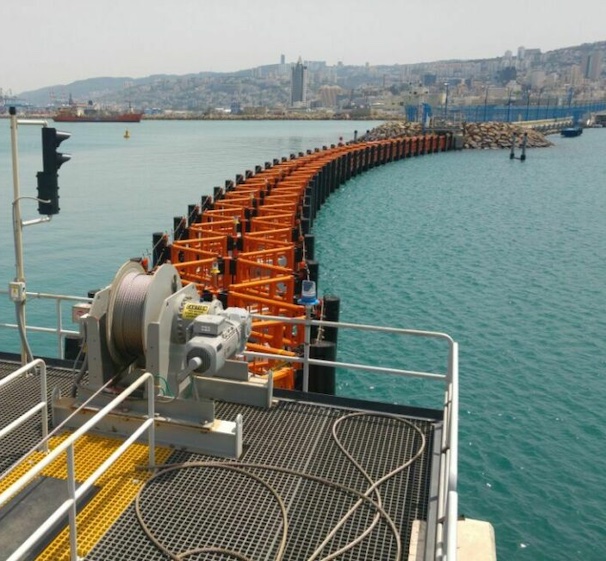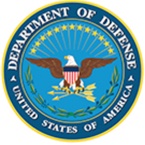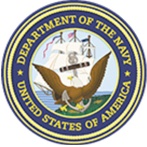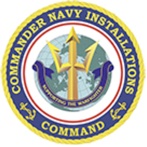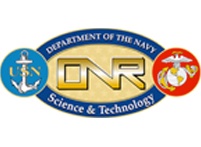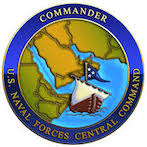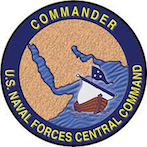How Does a Company or Government Agency Select a Floating Marine Barrier For Protection?
Before installing a floating marine barrier for safeguarding valuable assets, experts consider various factors.
Here are some of the key factors that companies or government agencies might consider when selecting a floating marine barrier:
1. The Motive of the Barrier
The first factor that experts consider in selecting and deploying a floating marine barrier is the purpose of the barrier. Each marine defense barrier fulfills a specific purpose, depending on the geography of the area, such as a port, marina, or industrial facility, and whether it is providing protection from storm surges or other water-related hazards.
Similarly, port security barriers such as barrier gates and bollards perform a specific function. Likewise, marine barriers such as breakwaters can break high-pressure wave currents and are suitable for coastal areas.
In deploying a barrier, experts consider the main objective behind deploying a barrier and evaluate whether its design can safeguard a specific area.
2. Environmental and Geographical Factors
Environmental factors, the geography of the area, the area’s wind, wave conditions, climatic conditions, as well as the water depth and seabed conditions, are also the reference points for successful installation. These factors help determine the size and shape of the barrier required to provide effective protection.
3. Material and Design
The material and design used to construct the barrier is another important factor. A well-designed barrier is easy to deploy, install, move, and maintain, and does not compromise its effectiveness over time.
Durability, corrosion resistance, environmental damage, ability to withstand high torrents, prevent oil spills and leakage, and materials used in constructing a barrier, such as steel, concrete, and composite materials, are a few factors taken together in making conclusions about selecting a marine floating barrier.
The design of the barrier, its shape and configuration equally determine the effectiveness of deploying a floating marine barrier.
4. Installation and Maintenance of the Barrier
The installation process and ongoing maintenance requirements are also important factors to consider. This is primarily essential because barriers that are difficult to install or require frequent maintenance may not serve a specific purpose or may degrade over time.
5.Cost and Expenditures
The cost of the barrier is the most important key consideration. The cost of the barrier depends on two factors; one, the size and complexity of the barrier; second, the material used for construction for maximum protection.
Companies or government agencies will need to balance the cost of the barrier with the level of protection it provides.
In addition to these factors, companies or government agencies may also consider the reputation and experience of the manufacturer or supplier of the barrier.
HALO Defense Systems is the leading contractor for marine defense systems with a dedicated team of expert professionals for innovation in marine security, with a proven track record in designing, manufacturing, and installing marine barriers. Reach out to us simply by contacting us at (603) 259-4400.
